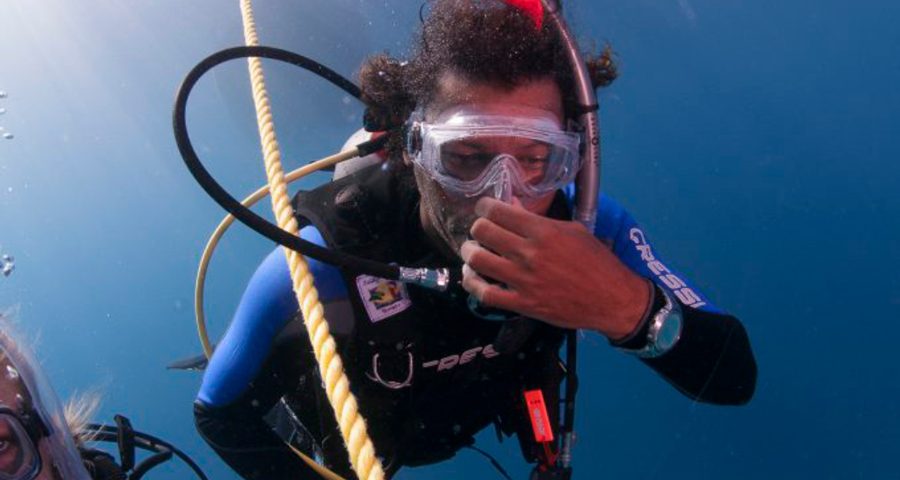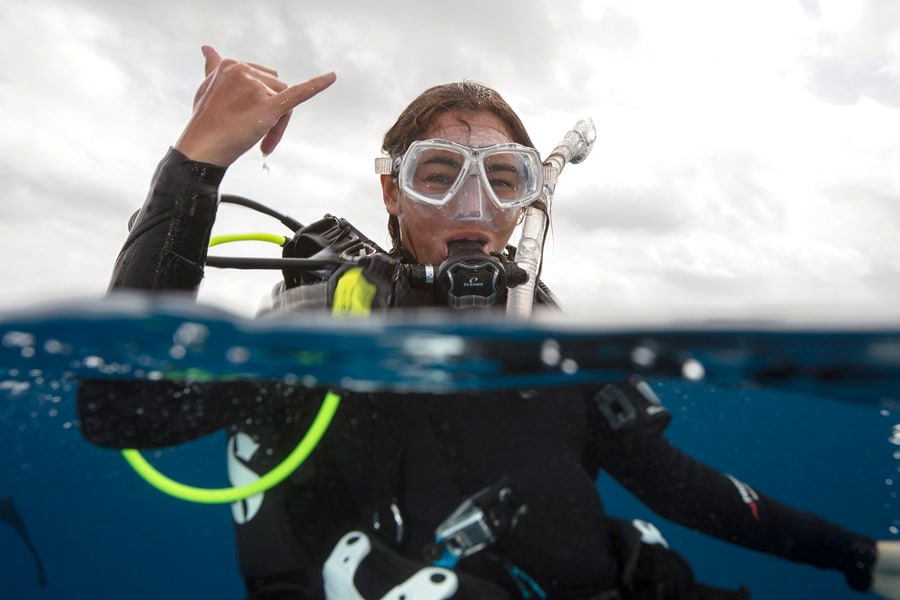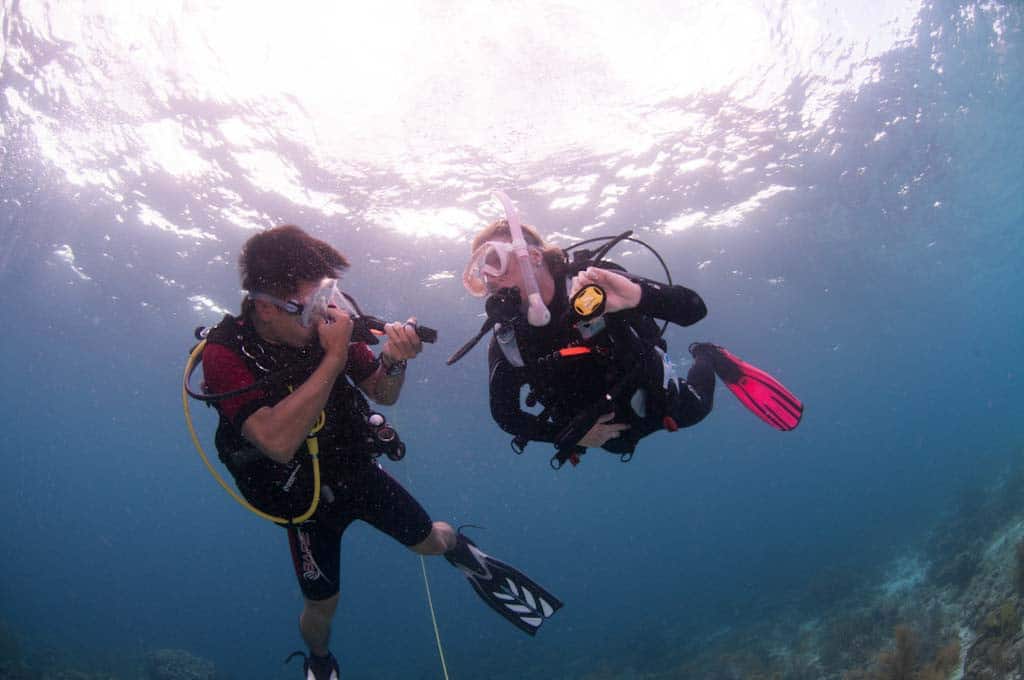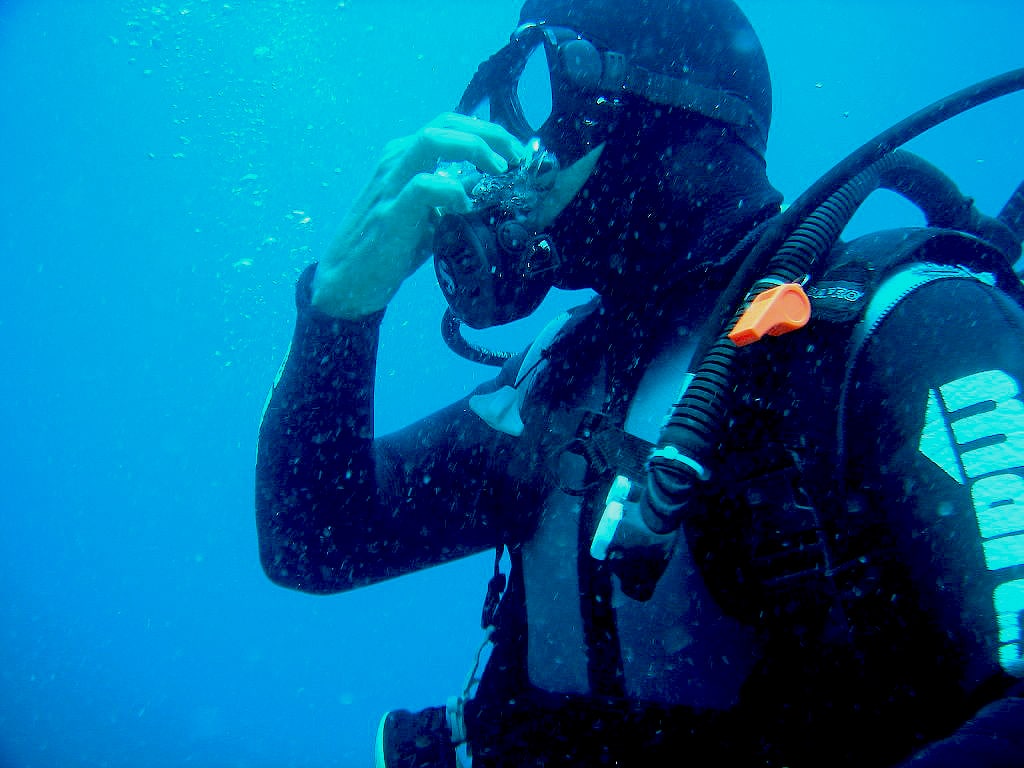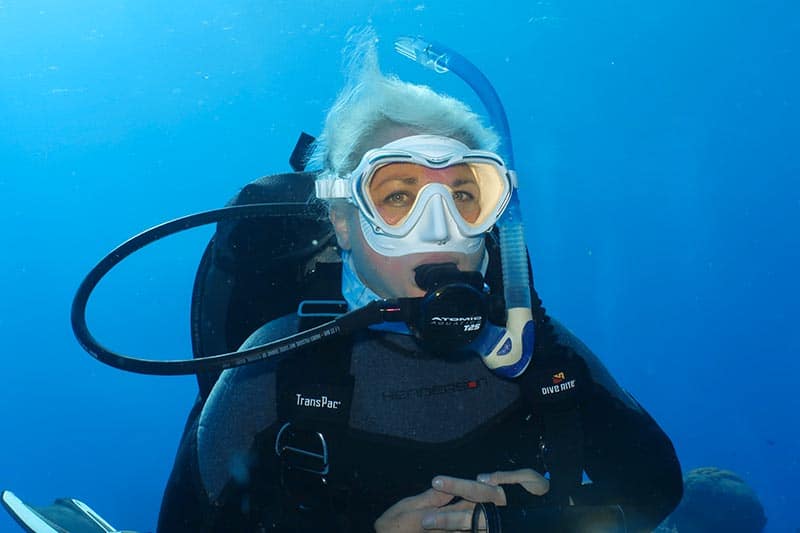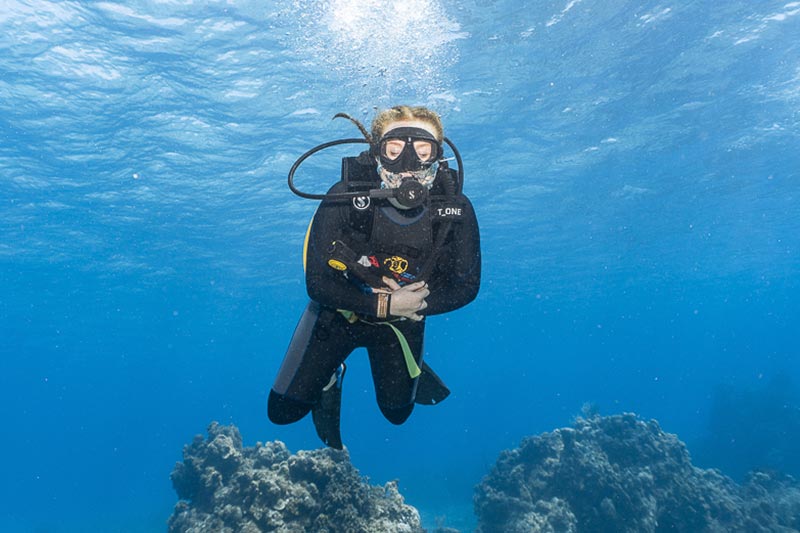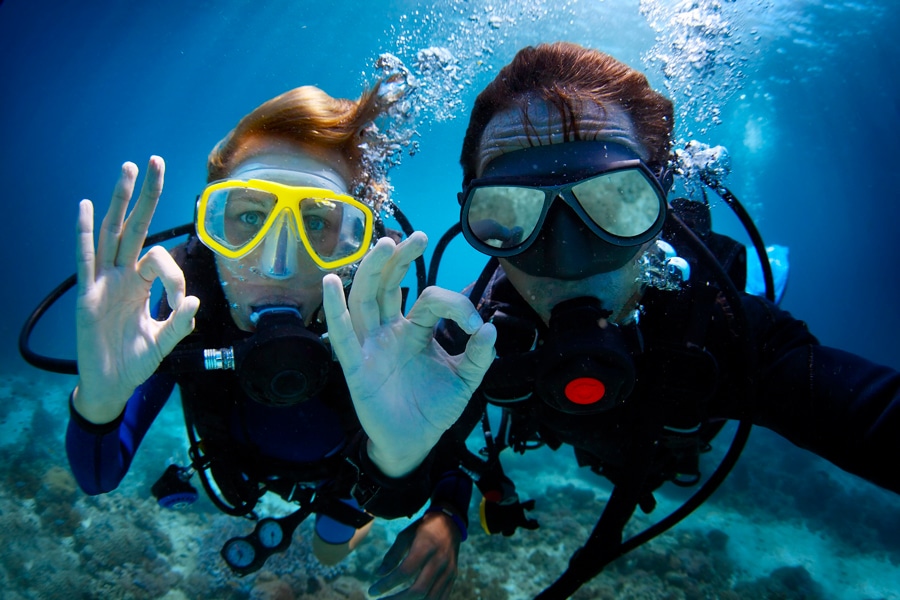3. How to Equalize Ear Pressure Step by Step
Now that you know what how to equalize ear pressure means, let’s get to the point.
To the practical stuff.
What you do when you feel that pressure in your ears and it just won’t go away.
Because yes, there are tricks. Techniques. Maneuvers. Call them whatever you want.
And they work.
Let’s check the most effective ones. The ones real diver’s use. The ones we teach on every dive. The ones that save eardrums.
Get ready, because this is pure gold.
Valsalva Maneuver
The most famous one. The one everyone tries.
How to do the Valsalva maneuver? Very simple:
• Close your mouth.
• Pinch your nose.
• Blow gently, as if you want to push air out… but don’t let it escape through your nose.
The air travels up, your Eustachian tubes open, and bam!
Pressure equalized.
But be careful, blow too hard and you could hurt your ear.
Always do it gently.
This technique is key when learning how to equalize ear pressure, but it’s not the only one.
Toynbee Maneuver
The candy maneuver. Literally.
• Close your mouth.
• Pinch your nose.
• Swallow.
That simple.
Works best when you’re relaxed. And if you have a candy, chewing it helps.
Perfect for flights or slow descents underwater.
One of the best ways to equalize ear pressure without forcing it.
Frenzel Maneuver
Now we’re in expert mode.
The Frenzel technique is popular among technical divers and freedivers.
The best part? You don’t need to push air from your lungs. You only use your tongue and throat.
• Close your mouth.
• Pinch your nose.
• Press your tongue against the roof of your mouth while making an internal “click” sound, like trying to say the letter “K.”
It takes practice, yes. But once you master it, it’s magic.
Especially useful to learn how to equalize your ears when other methods fail.
Lowry’s Maneuver
A mix between Valsalva and Toynbee.
• Close your mouth.
• Pinch your nose.
• Blow gently while swallowing.
Yes, at the same time.
It may feel weird, but it helps a lot if you’re congested or struggling to remove pressure from your ears.
Edmonds’ Maneuver
This technique involves jaw movement. Perfect if your Eustachian tubes are stubborn.
• Move your jaw forward.
• Pinch your nose.
• Blow gently while swallowing.
Looks like it does nothing… until it does.
Highly recommended for people who can’t pop their ears or have sensitive ears.
Which one should you use?
The one that works for you.
Plain and simple.
Some people just swallow and that’s enough.
Others need to combine maneuvers.
And some have their own personal ear trick.
The key is not to give up.
And above all, don’t force it.
Because how to equalize ear pressure is not about pushing hard.
It’s about releasing.
Want to know more? Struggling to equalize every time you dive?
You’re not alone.
Keep reading, because next I’ll tell you what to do if you can’t unpop your ears even with these techniques.




